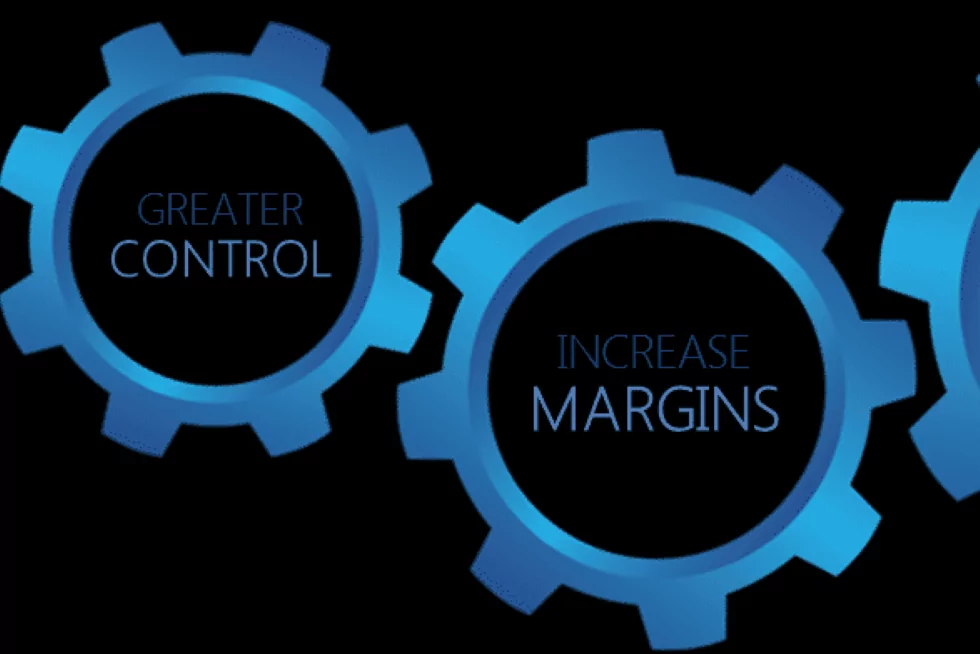
So, you are a medium-sized project-based business. When your company was small it was easy to understand everything that was happening and control your business processes. Even though you may have been using manual procedures with spreadsheets and email, or even just paper, you still knew the standing of all your projects and where things were heading.
Fast forward a few years and now you have quadrupled your employees who manage numerous projects in many locations worth multiple-millions of dollars in total. How do you keep control of this growing portfolio?
The world is changing. Technology today is so pervasive and connected that customers expect real-time interactions from their vendors.
When it comes to project-based businesses, each one of your customers is different with different timelines, different materials, different needs, and different expectations. Keeping track of each specific project, while still maintaining service records and billing data accurately is challenging, let alone being able to do it in real time. These processes and data are likely being managed in different systems with little integration between them.
The challenge is how do you get to the next step? How do you go from the small business world of manual, time-consuming and error-prone processes that tend to change based on the person performing them to the enterprise world of standardized, automated, and controlled procedures that scale and yield reliable, real-time results?
There are two aspects to the answer: 1) optimize and standardize processes; 2) adopt technology to enforce these new processes.
Every company approaches the problem a little differently, but billion dollar companies have little trouble spending money obtaining expert business process reengineering services from the large consulting firms to help them revamp their internal procedures. But, what do you do if you are a firm making $50 or $100 million? You can hardly afford these Fortune 500 prices.
Regarding the technology, these large companies customize enormous suites of software that help them enforce their procedures across tens of thousands of employees. This type of system is overkill for you, quickly becoming unwieldy for even the most organized and regimented companies. For you, these systems are not only too expensive, but the idea of hopefully realizing some sort of ROI years after starting your implementation is untenable.
As a project-based business in specialty construction, you likely have three basic sets of processes:
Typically, these processes are handled in different systems, through completely disconnected sets of procedures. Perhaps you have an ERP, project management and project accounting systems.
You will never be able to wrest control over your business with fundamentally separate processes and systems.
As a medium-sized company, you need to think differently. Instead of a sequential approach (reengineering your processes then finding and customizing technology to suit), you need to adopt a technology with proven procedures built in that encompasses your entire business and is configurable to meet your needs. This combined method accomplishes both goals simultaneously. You instantly implement reengineered business processes that gets you to best practices through a system that enforces them.
As you approach your business problem in this manner, your goals as a medium-sized, project-based business should be to:
> Systematize and integrate your processes, providing a structure that organizes your entire business. With the right processes and real-time workflows embedded into one system, you can align your teams and equip management with reliable and timely information.
> Address your entire project-based business, not just a part of it. The functions of ERP and operational & financial project management are different aspects of the same system, working together in concert.
To bridge this gap for the medium-sized, project-based business, ADEACA deconstructed the common processes for project management and enterprise resource planning and unified them into ADEACA ONE – delivering a solution on the Microsoft Dynamics 365 platform for how project-driven companies should operate.
This is the bridge that gets you from the small-business world that is plagued by disconnected manual processes to the enterprise world where you govern your entire business through one system. You get the benefits of an enterprise system from the largest and most reliable software company on the planet (Microsoft), while reaping the benefits of a system created entirely for your business.
Imagine a world where your entire company uses one system. Imagine governing your entire project business through one business application that provides the structure you need to grow. Imagine that changes to a project schedule will automatically filter through to the payment plan, procurement activities, capacity profiles, Estimate at Completion (EAC) and cashflow projections. Imagine having instant access to how your entire portfolio or any project is faring right now.
This is not imagination. It is possible with ADEACA ONE. We have spent over a decade working with companies just like yours to accomplish this very feat. The question is, are you ready to step into this brave new world?
In today’s increasingly complex project environments, businesses are facing unprecedented challenges in delivering projects on time, within budget, and according…
Project Business Transformation reduces risk, increases efficiency, and enhances decision-making in your project organization. Project Business Automation is a new…
Project Business Transformation is a strategic digital transformation initiative designed to fundamentally change how projects are managed and delivered in…
There is so much hype around the use of AI in project management. What is the reality? Join Chief Category…
In the dynamic landscape of project-driven enterprises, risk is omnipresent. As projects become integral components of your business strategy, the…
Management by exception is a method of business management that focuses on identifying and managing cases that deviate from the…
This website uses cookies.